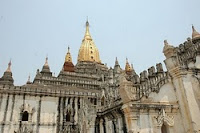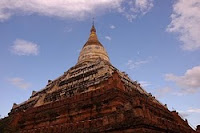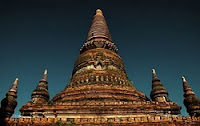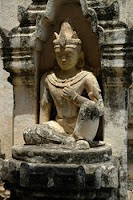SHIN BYU
Shin Byu
A Shin Byu procession is in central Burma. An ethnic Burmese boy, like all Buddhists in Burma, is not considered a good Buddhist until he has gone through this initiation rite, which involves him dressing up as the Prince Siddhartha Guatama (who became the Buddha) and riding to the monastery, where his head is shaved, he takes on the robes of a monk and he lives in the monastery to receive instructions.
THE NAGA

The Naga
The name Naga embraces a number of Indo-Mongoloid tribes who speak a distant Tibeto-Burmese language and live in the mountain regions of the India-Burma border. Around one million Nagas live in India, although some 100,000 inhabit the Patkai range in northern Burma. Traditionally fierce warriors and, until recently, head-hunters, the Nagas have defended their land against incursions by Indian and Burmese government troops.
THE CHIN
The Chin, or Zomi, are a Tibeto - Burmese people who inhabit the great mountain chain running up western Burma into Mizoram in north-east India. In previous centuries, the difficult terrain meant that there was a little communication between villages.
More than forty sub-groups, many distinguished by their unique facial tattoos and costumes, have been identified among the 1.5 million Chins in Burma. According to folklore, the custom of tattooing originated almost a thousand years ago, after Burmese men found the Chin women so attractive that they would capture them in slave raids. In their fear, the women began to tattoo their faces – both to make themselves look unattractive, and to ensure that Chin men would be able to identify them if they were carried off.
Subscribe to:
Posts (Atom)






























